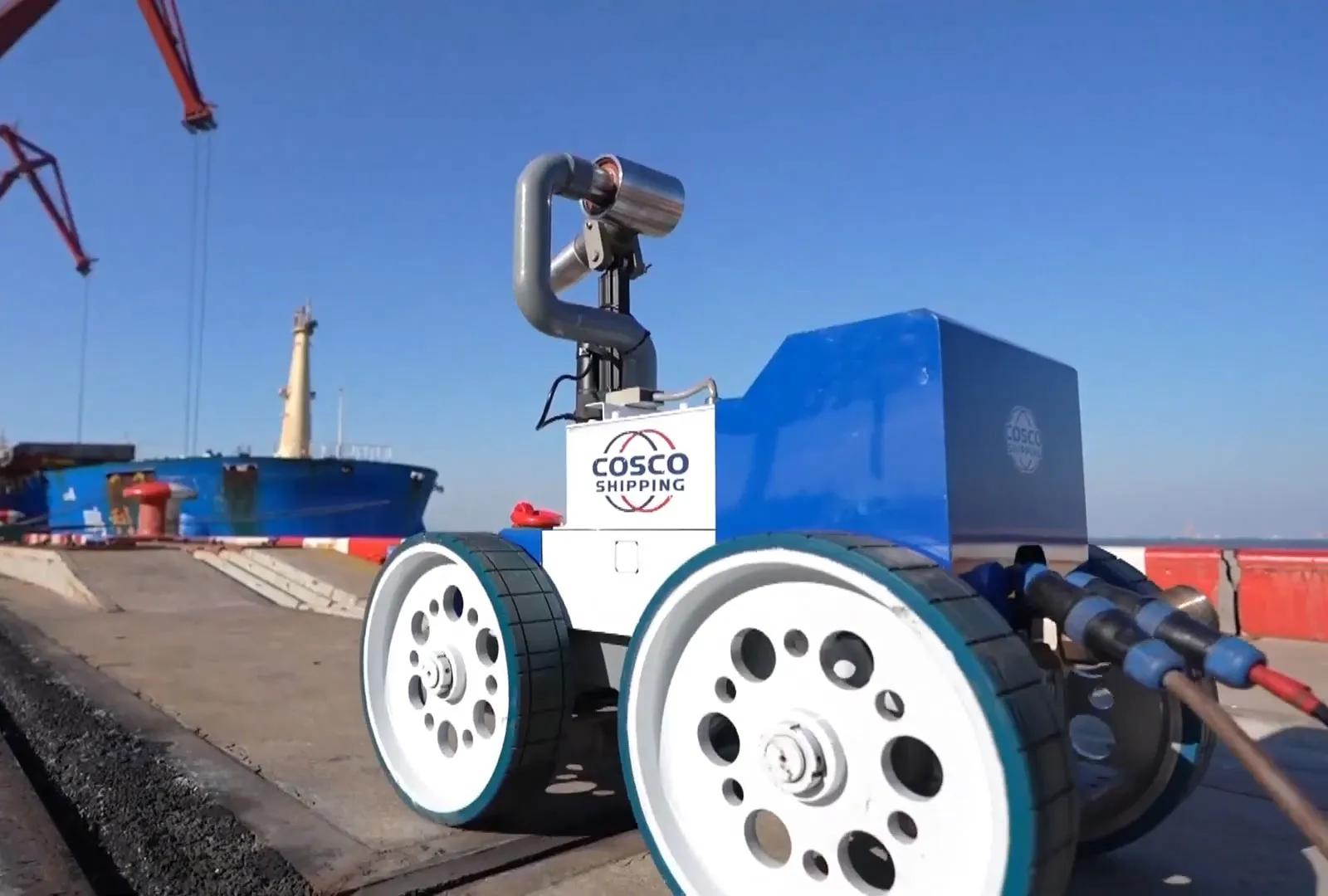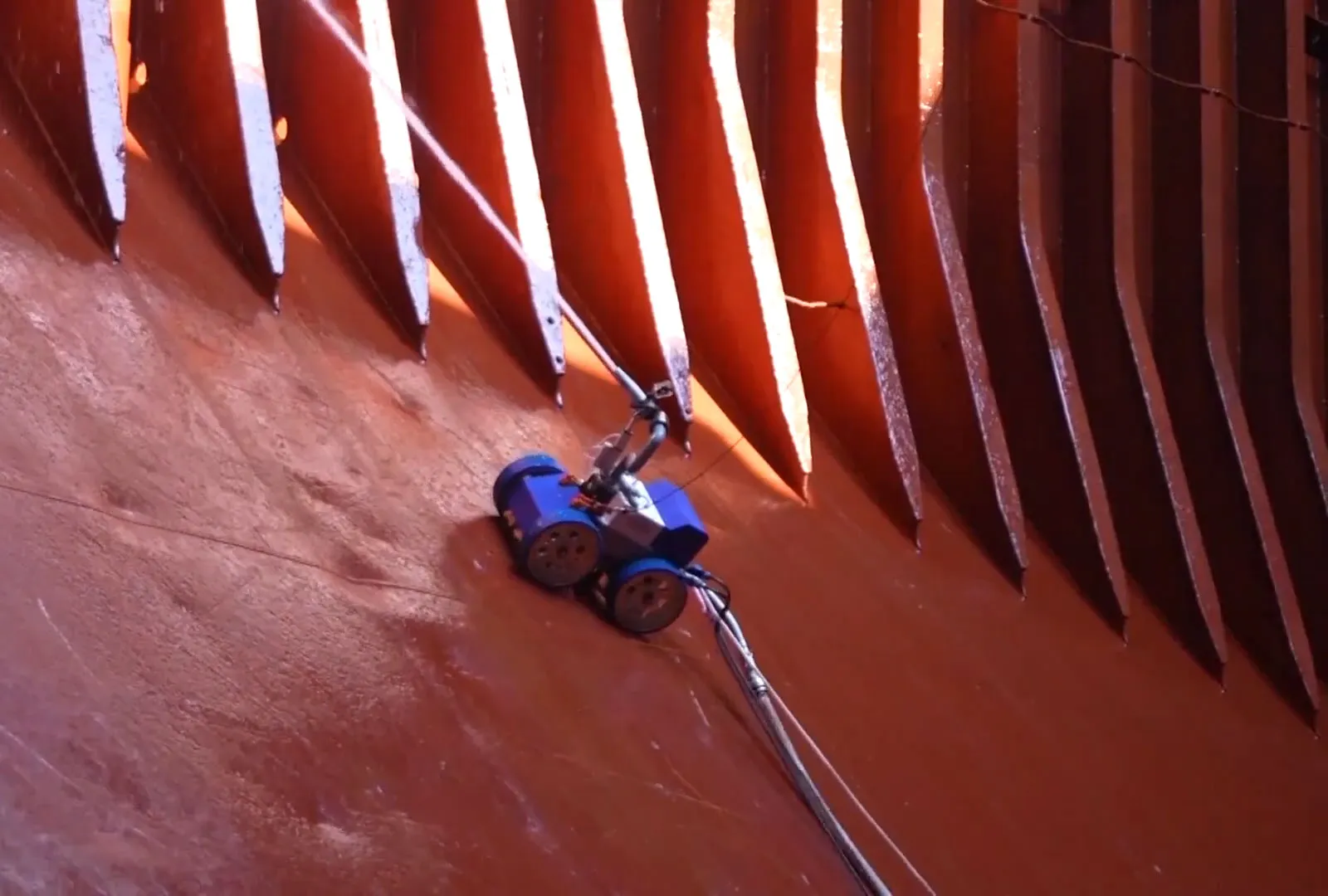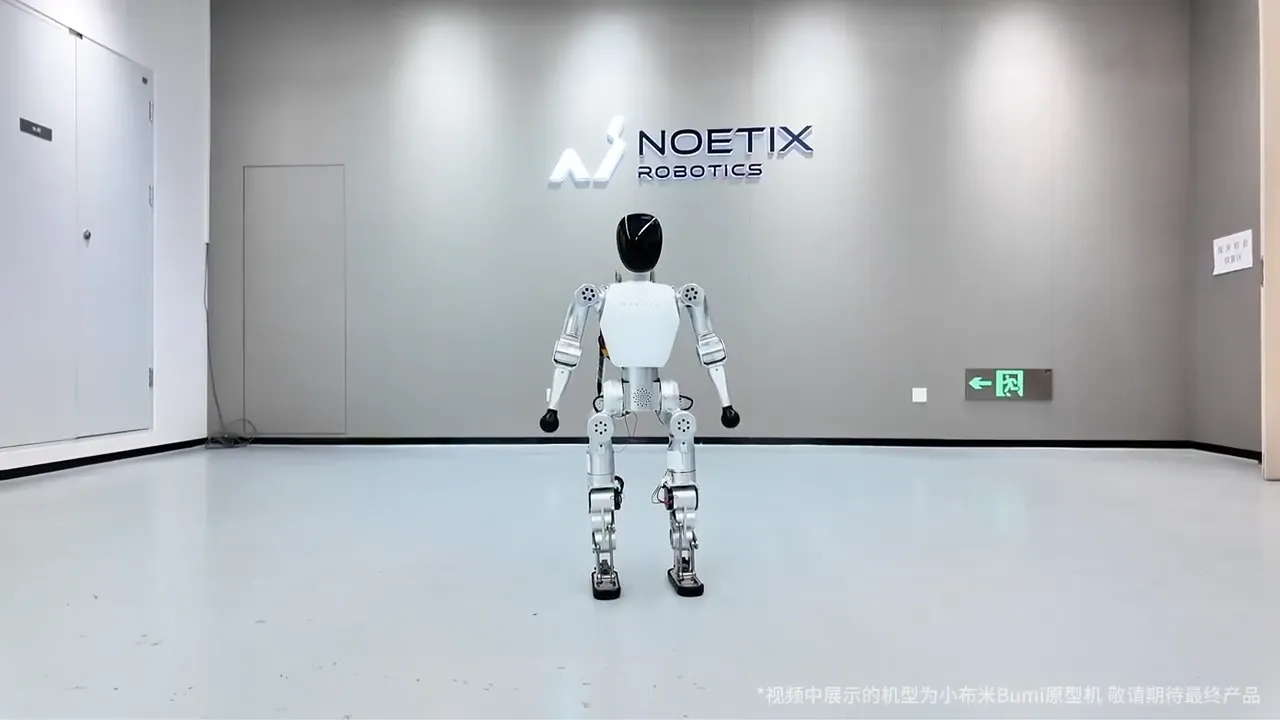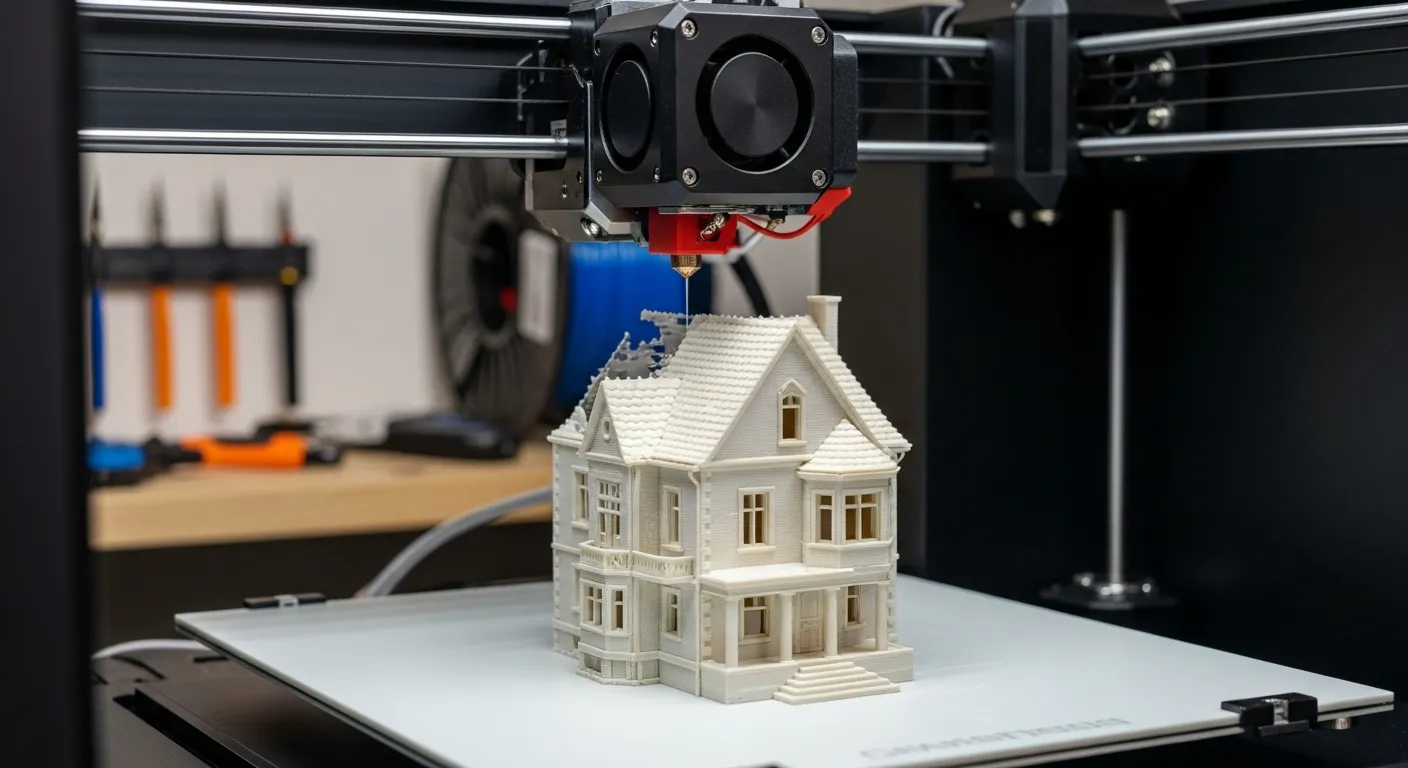- Increased Efficiency and Productivity: Automation significantly speeds up tasks that were traditionally manual, reducing time from days to hours while maintaining high precision and consistency.
- Improved Safety: Automated systems take over hazardous or physically demanding jobs, lowering workplace injuries by protecting workers from unsafe environments.
- Cost Savings: By replacing manual labor with machines, companies reduce labor costs, material waste, and operational expenses, improving overall profitability.
- Enhanced Accuracy and Quality: Automation minimizes human error and variability, resulting in better quality, consistent outcomes, and fewer defects or rework.
- Scalability and Flexibility: Automated systems can adjust production or service levels quickly to meet changing demands, enabling businesses to stay competitive and responsive.
In the world of heavy-duty tasks, manual work often means long hours, physical strain, and significant costs. But technology is rewriting this story, turning what used to take days into hours—sometimes even minutes. A striking example comes from China COSCO Shipping, where engineers have developed an innovative water spraying robot that dramatically transforms the tedious job of cleaning bulk carrier ships.
The Bulk Carrier Cleaning Robot: Speed and Precision at Sea

Bulk carriers transport essential commodities like coal, grain, iron ore, and fertilizer. However, switching cargo types requires a thorough cleaning of massive cargo holds to avoid cross-contamination, a job that traditionally takes 3 to 4 days of hard manual labor. Enter the robot: a compact, remotely controlled device equipped with curved surface mobility and high-low pressure water jets that can clean complex interior surfaces, including walls and ceilings.

This robot cleans over 900 square meters per hour, slashing cleaning time to just 3 hours per cargo hold and about 24 hours for an entire 220-meter ship. Using a curved permanent magnet, it clings to surfaces, even navigating internal and external corners greater than 120 degrees and overcoming obstacles up to 40mm high. This technology not only accelerates the cleaning process but also improves safety and reduces labor costs, signaling a shift towards automation in maritime maintenance. Looking ahead, developers plan to add navigation and real-time path planning capabilities, enabling full autonomous operation.
Beyond the Shipyard: Tech Making Manual Labor Easier Everywhere
The bulk carrier cleaning robot is part of a larger trend: technology reshaping labor-intensive jobs and enhancing productivity.

- Window Cleaning Robots – Ecovacs Winbot
Ecovacs Winbot is a leader in robotic window cleaning technology. Designed to stick to glass surfaces using powerful suction, it systematically cleans windows on high-rise buildings with sensors that help it avoid obstacles and edges. By automating a dangerous and time-consuming job, the Winbot improves safety and efficiency in commercial and residential settings.

- Autonomous Grass Trimmers – Husqvarna Automower
Husqvarna’s Automower has revolutionized lawn care with its autonomous grass trimming technology. Using GPS navigation and advanced sensors, it trims lawns accurately and quietly without human supervision. Ideal for both small gardens and large estates, the Automower reduces manual labor while delivering consistent, high-quality lawn maintenance.
From Manual to Automated: The Future is Efficient
These technologies illustrate a broader shift: devices designed to take over repetitive, strenuous, or hazardous tasks from humans, enabling faster turnaround times and safer working conditions. They represent a future where machines handle the heavy lifting, allowing people to apply their skills in more creative, strategic, or supervisory roles.
This wave of innovation is not just about saving time—it's about transforming industries, cutting costs, and improving quality of life. From oceans to office towers to neighborhood lawns, robotics and automation are making manual labor easier, faster, and smarter.






